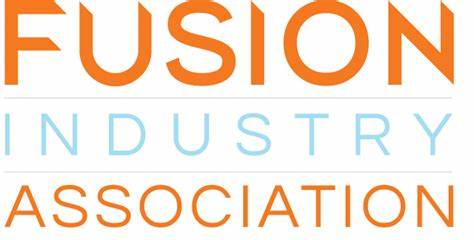Part 2 of 3 Parts (Please read Part 1 first)
Utilizing high temperature superconduction, the ES magnets are more powerful than the copper ones used in older tokamaks. According to MIT scientists researching the same technology, they permit smaller tokamaks that can generate as much fusion energy as larger ones, and they can better confine plasma.
The company is planning to build a second-generation tokamak to prove its methods are commercially viable by 2027. It expects a third-generation device that can feed power to the grid before 2035.
Andrew Holland is the CEO of the Washington, D.C.-based Fusion Industry Association. He said that in contrast, the tokamaks in the U.S. are aging. As a result, the U.S. researchers have to rely on allies’ machines in Japan, Europe and the UK to further its research.
Holland discussed a new five hundred and seventy million dollars fusion research park in eastern China under construction, called CRAFT, on track to be completed next year.
Holland continued, “We don’t have anything like that. The Princeton Plasma Physics Laboratory has been upgrading its tokamak for ten years now. The other operating tokamak in the U.S., the DIII-D, is a thirty-year-old machine. There are no modern fusion facilities at American national labs.”
There is a growing unease in the U.S. nuclear industry that China is beating America at its own game. Some of the next-generation tokamaks China has built, or plans to, are essentially “copies” of U.S. designs. They use components that resemble those made in the U.S.
Holland said that China’s state-funded BEST tokamak, which is expected to be completed in 2027, is a copy of one designed by Commonwealth Fusion Systems, a company in Massachusetts working with MIT. The two designs incorporate the same kind of advanced magnets ES is using. Another machine being built by a private Chinese company appears to be very similar to one designed by the U.S. company Helion. He added that there is “a long history” of China copying American tech.
Holland continued that “They’re fast followers and then take the lead by dominating the supply chain.” Using solar panel technology as an example he added that “We’re aware of this and want to make sure that’s not the way it goes forward.”
The China’s National Energy Administration was asked whether state-funded fusion research had copied or been inspired by U.S. designs. They have not replied to yet to the inquiry.
Nuclear fusion is a highly complex process that involves forcing together two nuclei that would normally repel each other. One way to do that is to increase temperatures in a tokamak to the tune of one hundred and fifty million degrees Celsius. That is ten times the temperature of the sun’s core. When they bind, the nuclei release a huge amount of energy as heat, which can then be used to turn steam turbines and generate power.
The U.S. has been a fusion leader for decades. It was the first nation to apply fusion energy in the real world — in a hydrogen bomb.
Please read Part 3 next
Nuclear Fusion 81 – China May Soon Surpass The U.S. In Funding Fusion Research – Part 2 of 3 Parts

